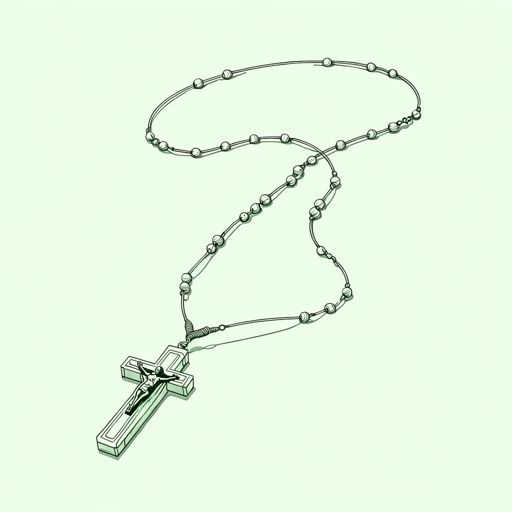55 pages • 1 hour read
Susan Beth PfefferThe Dead and the Gone
Fiction | Novel | YA | Published in 2008A modern alternative to SparkNotes and CliffsNotes, SuperSummary offers high-quality Study Guides with detailed chapter summaries and analysis of major themes, characters, and more.
Summary and Study Guide
Overview
Susan Beth Pfeffer’s The Dead and the Gone, published in 2008, is the second book in The Last Survivors, a postapocalyptic series about an asteroid hitting the moon and setting off a chain of natural disasters on Earth. The novel focuses on three stateside Puerto Rican siblings as they struggle to survive starvation while living in a New York City apartment building. Pfeffer has written many young adult science-fiction novels and has likewise received several awards for her work including the Dorothy Canfield Fisher Children’s Book Award, the Buxtehude Bull prize, the American Library Association Best Book for Young Adults, and the Teens’ Top Ten Booklist in 2009.
Plot Summary
The Dead and the Gone tells the story of the Morales family and their struggle to stay alive after an asteroid hits the moon, moving it slightly closer to Earth. This event has catastrophic consequences, including tidal waves, volcanic eruptions, earthquakes, disease, and famine. Despite all the ensuing tragedy and loss, the Morales family keeps a spirit of hope and faith that guides them through every situation thrown at them, teaching them that faith in God and family will see them through even the worst of times.
Alex Morales, the story’s protagonist, is a 17-year-old boy who attends St. Vincent de Paul Academy, a prestigious Catholic school in New York City. Alex is very mature for his age and is also a very hard worker. When the asteroid hits the moon, causing devastation in much of the world, Alex becomes the head of his household—a job he takes very seriously, yet one that will cause significant stress for him as he struggles to keep his sisters alive. Mami, Alex’s mother, is called into work at the hospital during the emergency and never comes home. Papi, Alex’s father, is away in Puerto Rico attending a funeral. Alex assumes that his father was swept away in the tidal waves; the children do not hear of or from him in the weeks and months following the disaster. Alex does talk to his brother, Carlos, who is a marine stationed in California. However, once Carlos is deployed to Texas, he also drops out of contact. This leaves Alex in charge of his sisters: Briana (“Bri”), who is 14, and Julie, who is 12.
At first, some elements of life are the same. The Morales children still attend school and do their part to keep their home clean and stocked with as much food as they can. Slowly, however, things begin to fall apart. Alex sends Bri into the country to work at a convent that has a farm, believing that she will be better fed and taken care of there. This leaves him in charge of just Julie and himself. When Alex’s friend Kevin asks him to go “body shopping”—taking the valuables off the corpses left in the streets—Alex agrees because he will do anything to keep Julie alive and fed. The Morales family are devoutly Catholic, so the Morales children include religious observances just as they did prior to the moon’s collision. They attend Mass at school as well as at St. Margaret’s Church, where they look to Father Franco for help and support throughout their ordeal. They also turn to prayer to help them through many situations. Alex does experience a crisis of faith, but he is ultimately able to balance his devotion with survival, and his belief ultimately saves him and Julie.
As food becomes scarcer, Alex and Julie struggle to keep themselves fed and alive. Without warning, Bri shows up at home because she has developed asthma from the volcanic ash in the air. While Alex wonders how to feed her, he is thrilled that Bri is back, and her presence adds an element of hope and brightness to their home. More time passes, and the seriousness of Bri’s illness becomes clear. She is unable to leave the apartment except for the most serious of reasons, but Alex and Julie continue to attend school as normal, especially for the chance to eat lunch. Eventually, however, the school stops serving lunch, the food distribution line closes, and St. Margaret’s closes, leaving the children almost no way to get food.
The biggest tragedy strikes the family when Alex and Julie find Bri dead in the apartment building’s service elevator. When Alex came down with the flu, Bri went to St. Margaret’s to light a candle for him; when she was taking the elevator to get back to their apartment, the electricity went off, trapping Bri inside. Now that Bri is gone, Alex is determined to get Julie out of New York. He goes to Father Mulrooney, the headmaster at his school, and they work out a plan to get them on a bus to Georgia.
The Dead and the Gone parallels the first book of the series, Life as We Knew It, in that it occurs at the same time but offers a different perspective in a different setting. Pfeffer took inspiration for her series from the 1979 film Meteor, which caused her to realize that the people with the most to lose in catastrophes are children. Unlike Life as We Knew It, Pfeffer wrote The Dead and the Gone in third person because, according to Pfeffer, it’s unrealistic to expect a teenage boy to keep a journal. This allows the reader to see a broader perspective than just that of one character while still getting to know the main characters intimately.
The Last Survivors series offers readers a look into a postapocalyptic world ruled by the will to survive. The series has also garnered praise for its dark and realistic portrayal of such a world, as much young adult fiction focuses on the hopeful and the optimistic. Pfeffer asks readers of all ages to think deeply about whether they’re prepared for a natural disaster and a shift in life as they know it.


